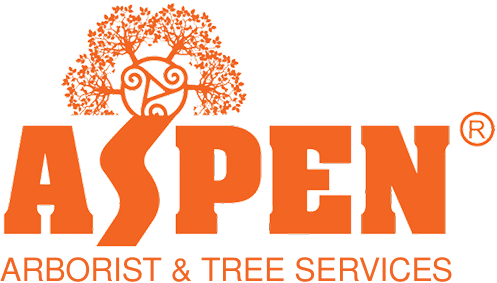Call us for a free pest and disease prevention quote at 201-939-8733 or Get a Quote Online
Need a Tree Doctor?
When your tree's leaves turn yellow and start to drop early, cracks and holes appear in the bark, or you notice swarms of insects gathering in the branches, what do you do? You call the tree health experts at Aspen Tree Service Inc. in Clifton, NJ!
With invasive insect pests continuing to arrive in New Jersey (like the spotted lanternfly and emerald ash borer) and lethal new diseases moving our way (such as beech leaf disease and oak wilt), you can't afford to take a "wait and see" approach to tree health.
When a person gets sick, a doctor is often the best person to diagnose the problem and prescribe treatments to help the patient get healthy again. For sick trees, call a tree doctor or arborist to inspect the tree, diagnose the biological, chemical, cultural, or mechanical problems affecting it, and prescribe the right treatment to restore tree health.
Why Hire Aspen Tree for Your Tree Pest and Disease Prevention & Treatment?
With nearly 40 years of tree health management experience in Bergen, Essex, Passaic, and Morris counties, we know the area, the trees, and the problems affecting our trees inside-out
Effective organic pesticide treatments are available to minimize environmental impacts
We focus on prevention, with regular tree inspections and proactive pest or disease management to avoid infestations or infections
Our Certified Applicators are highly experienced in the proper dosing and application methods for tree health treatments
Our insect and disease control methods involve mostly vascular injections directly into the tree or soil injections into the root zone; we only spray trees when there's no other effective option
We follow all New Jersey Department of Agriculture regulations and standards for insecticide, fungicide, and other treatment applications
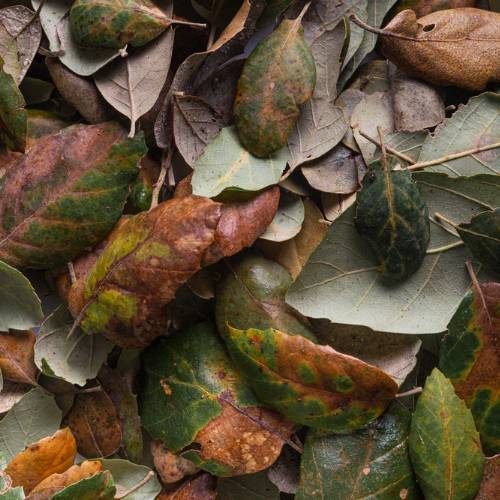
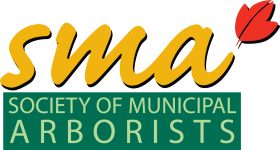
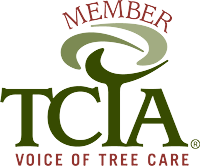
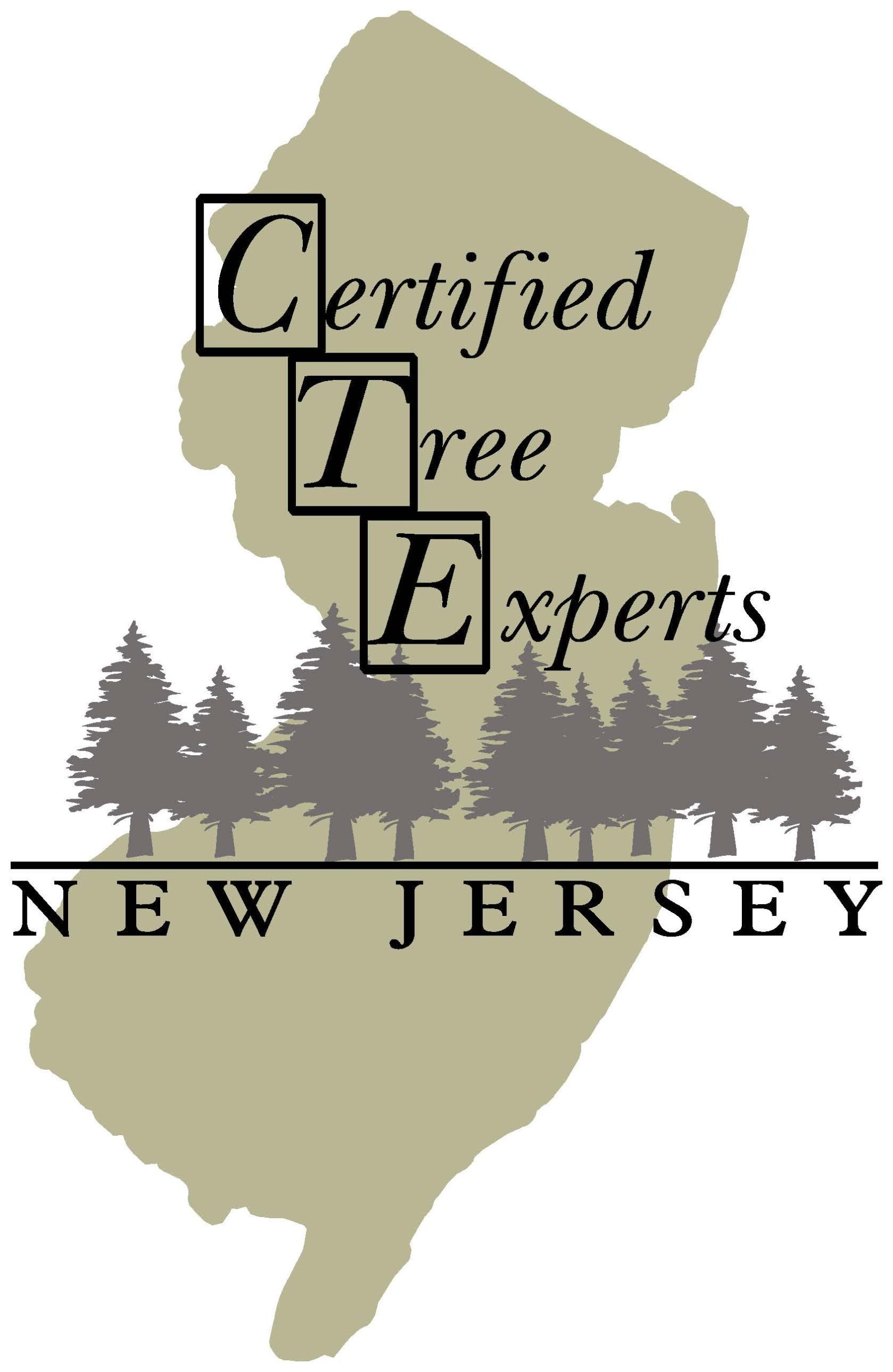
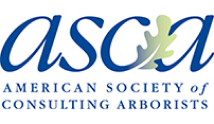
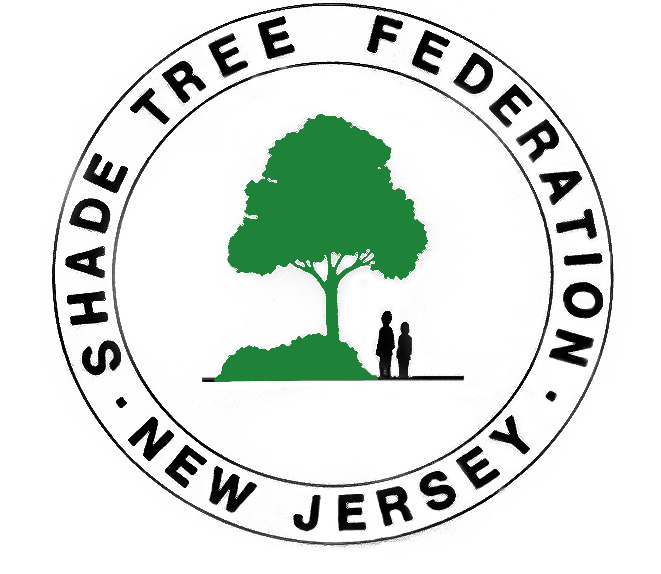
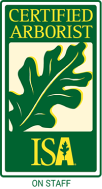
Emerald Ash Borer
The emerald ash borer, often referred to as EAB, is an invasive beetle decimating ash trees in New Jersey and across the country. While some treatments are available, the condition needs to be caught early to save your ash trees.
If treating an affected tree isn’t an option, it’s important to identify affected trees and have them removed before the next generation of EAB hatches and continues the spread. You can read about the Morris County town of Chester's effort to clear their affected ash trees here in addition to efforts in other parts of New Jersey.
Fortunately, these trees can be used for firewood (great for keeping those New Jersey winters cozy!), but the affected wood needs to be burned before the new generation emerges in the spring. Additionally, people need to take caution when moving the wood, so they don’t help the spread of EAB.
If you have affected ash trees, you need to have them inspected to see if treatment or removal is the better option. Even if your ash trees are healthy, an inspection can help you determine whether or not they're at risk. We can stop the spread of the invasive EAB, but it’s going to take a collective effort!
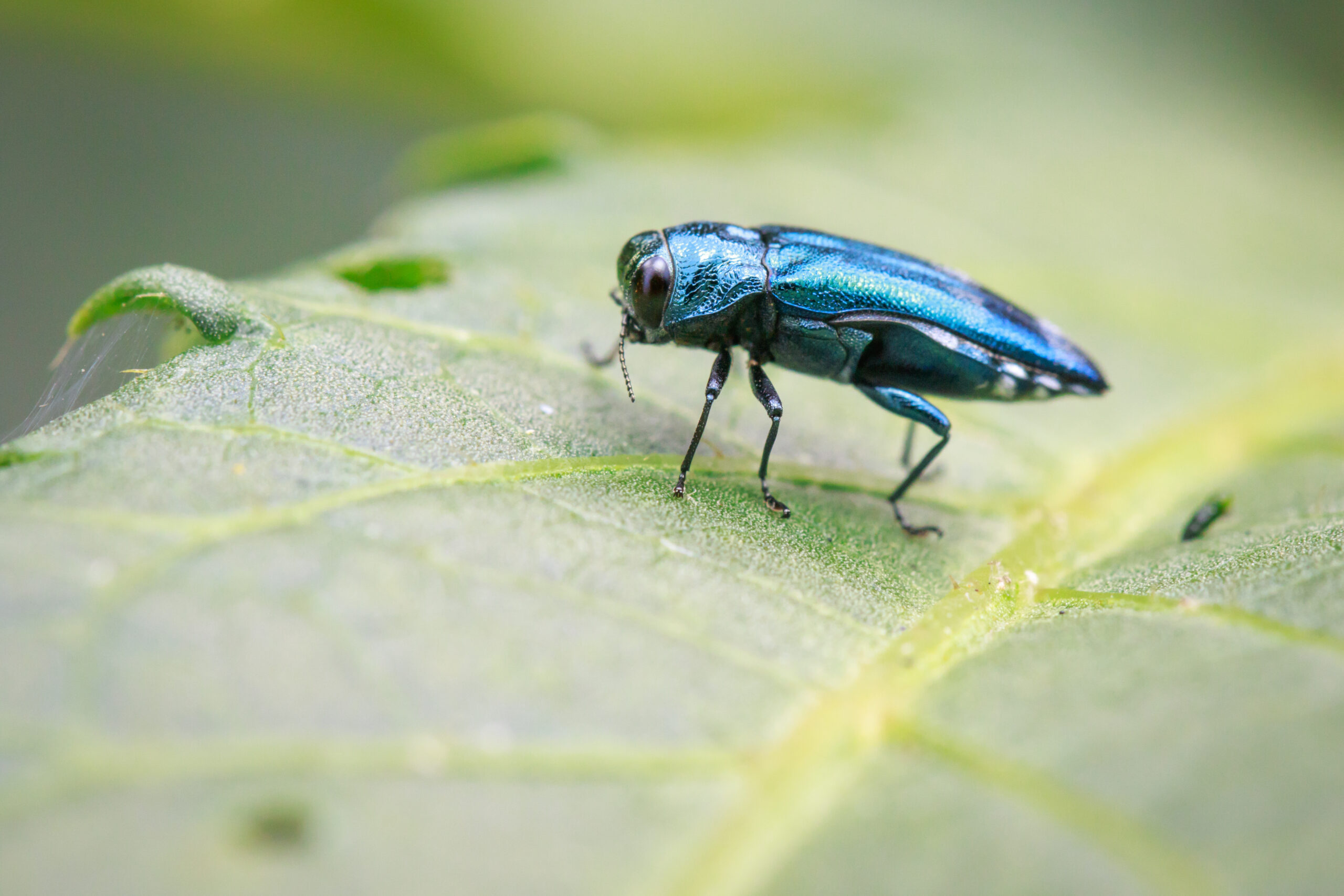
What's Bugging Your Tree?
Signs It's Time to Call in a Tree Care Expert
Call Aspen Tree Service at 201-939-8733 if you notice any of the following signs of poor tree health. Early diagnosis and treatment are key to preventing the spread of fungal or bacterial diseases and insect infestations.
Holes or white squiggly lines on leaves
Ragged or burnt-looking edges on leaves
Yellow, black, or brown splotches or spots on leaves
Browning/dying leaves or needles
Leaves or needles falling off prematurely
Fuzzy white or grey growth on leaves
Large webs or "tents" on branches
Bark falling off or holes in the bark
Thinning tree canopy
Dying branches
Cankers or oozing sores on branches and tree trunks
Fungal growth or mushrooms growing at the base of the tree or its trunk
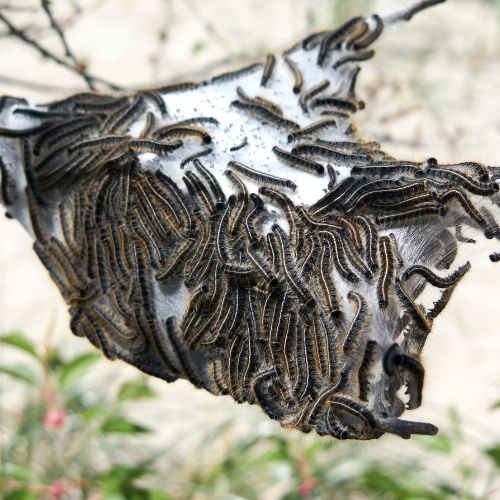
Did You Know?
Some trees become unhealthy because of cultural conditions such as improper mulching or planting. The certified professionals at Aspen Tree Service can distinguish between a pest or disease issue and a cultural one. Your trees might not be sick–they might just need a little TLC!
Bacterial Leaf Scorch
New Jersey Tree Disease Profile
Bacterial Leaf Scorch, often referred to as BLS, is a tree disease caused by the Xylella fastidiosa bacteria. This bacteria is spread through the mouthparts of various leafhopper insects that feed on the fluids in the trees.
Bacterial leaf scorch can infect a variety of shade trees, including maples and oaks. Its symptoms include the "scorching" of leaves giving the appearance of burnt edges. Since this symptom is similar to symptoms of cultural conditions like water stress, a laboratory test is necessary to determine if a tree has been infected with BLS.
BLS has no cure, but if caught early, trees can be treated with an antibiotic injection. However, the treatment will need to be repeated to ensure continued protection. If your tree's leaves show signs of scorch, contact Aspen Tree Service at 201-939-8733 for an arborist assessment.
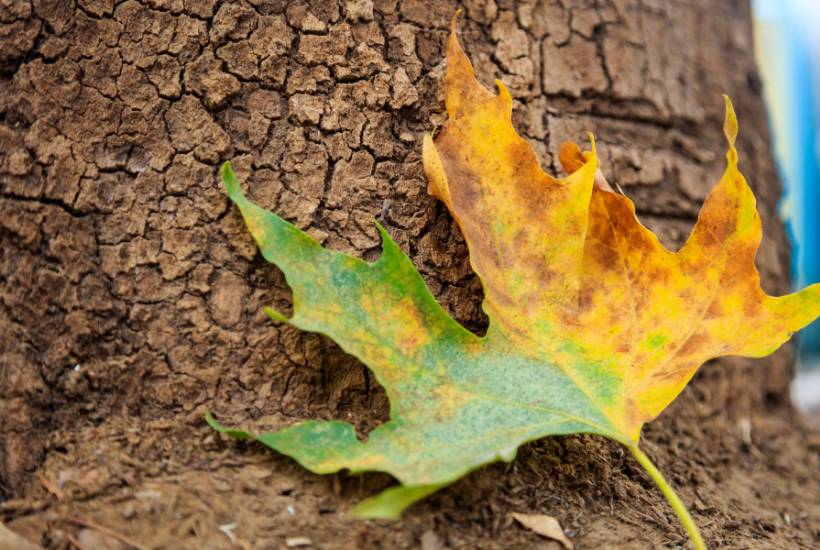
Monitoring Versus Treatment
New Jersey Tree Pests & Diseases
Monitoring and treatment often go hand-in-hand, especially when a new insect pest infestation or disease problem is being addressed. However, once a problem is controlled, continued monitoring can prevent issues from reoccurring and prevent new problems from appearing.
Pest & Disease Monitoring
Regularly monitoring your trees' health can stop many pest and disease issues before they cause significant damage. At Aspen Tree Service, our arborists are highly skilled and trained to spot the early stages of potential tree health issues and apply early interventions. We use our deep tree pest and disease knowledge to keep your trees healthy by preemptively fighting off pests and diseases and determining acceptable tolerance levels to avoid treatments you don't need.
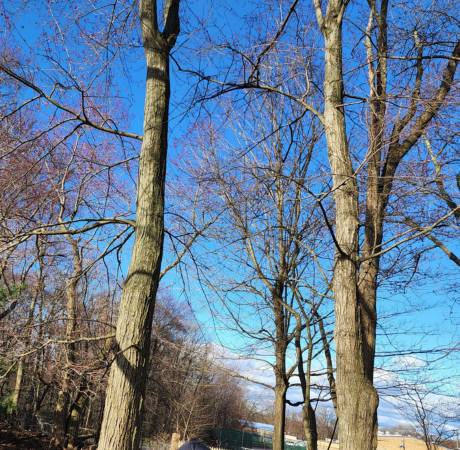
Pest & Disease Treatment
When your trees need pest or disease treatment, Aspen Tree Service offers the best in the business. Our team is certified and highly trained to assess, diagnose, and treat any pest or disease your New Jersey trees may face. Treatment doesn’t mean just “spraying” and calling it a day. We keep up with the latest industry trends, methods, and information to ensure your trees get the best diagnostic and preventative care, using organic options whenever possible.

FAQs About Northern New Jersey Tree Pests & Diseases
Typically, pests and diseases are secondary issues that are attracted to stressed trees. While many companies will push pesticides and fungicides, this does not help the health and vigor of an otherwise stressed tree and the issues continue to return season after season.
The approach we take at Aspen Tree is different in that we work to promote overall tree health and reduce the amount of pesticides used.
While there are some common issues that will still need to be treated regularly, our monitoring programs keep us on top of pest issues before they become major problems. We are a Licensed Pesticide Applicator Company and can treat pest and disease outbreaks as needed on your property.
Like nearly every part of the country, Clifton New Jersey has a number of pests and diseases actively attacking our trees. Some of these include:
- Emerald Ash Borer
- Aphids
- Spider Mites
- Spotted Lanternfly
- Japanese Beetles
- Anthracnose
- Fireblight, and more
Fortunately, Aspen Tree Service has the expertise to diagnose and treat common New Jersey pests and diseases.
We also have a handy visual guide to common tree pests and diseases in northern NJ. Take a look to see if any of your trees are showing signs or symptoms of insect infestation or a viral, bacterial, or fungal infection.
There are a number of signs your trees could be infested with pests or suffering from disease. In addition to spotting the pests themselves, look for the following symptoms:
- Stunted growth
- Prematurely yellow leaves
- Premature leaf drop
- Leaf spotting
- Leaf wilting
- Hole in leaves
- Thin canopy
- Holes in bark
- Cracked bark
- Dead branches
If you see any of these signs, call us right away for an arborist inspection and assessment.
It's impossible to plan for every pest and disease situation, but there are things you can do to reduce risk to your trees and help them better handle pests and diseases. These include:
- Monitoring for pests and health Issues
- Keeping your trees hydrated but avoid overwatering
- Ensuring your trees have proper nutrition
- Getting an arborist assessment if your trees seem unhealthy
Staying on top of potential health issues is the best way to ensure your northern NJ trees stay healthy.
Pesticides are not always necessary when facing insect problems in trees or shrubs. With regular monitoring, pests can be identified early and can often be controlled by trapping, using beneficial insects, and making sure your property is as pest-unfriendly as possible.
While pesticides are sometimes necessary to get pest infestations under control, robust monitoring and inspection can keep them at bay, reducing the need for chemical treatments in the future.
Plus, proper tree care by a New Jersey Licensed Tree Expert can help keep your trees healthy, giving them an extra line of defense against invading insects.
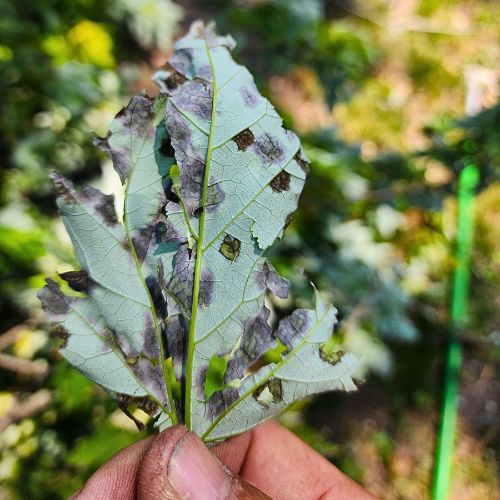
Want to keep your trees free of pests and diseases in Passaic, Morris, Essex, and Bergen counties?
Call Aspen Tree Service now at 201-939-8733. Our expert team cares about keeping your trees healthy!
